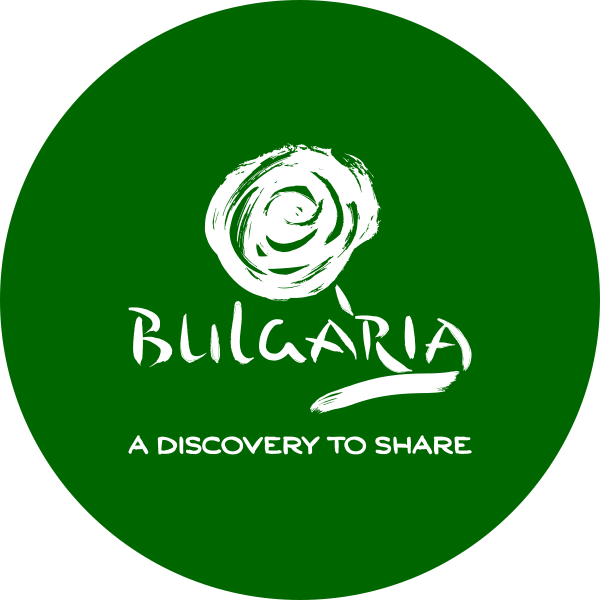Two of the first monumental bridges in Sofia were built in the period 1889-91. The names of the bridges come from the statues of lions and eagles on them - Lions' Bridge (Lavov Most) and Eagles' Bridge (Orlov Most).
They replace the old bridges that existed at the time during the Ottoman rule of Bulgaria at the end of the then town of Sofia, from which the outlying roads started towards Lom (Lions' Bridge) and Constantinople (Eagles' Bridge).
The bridges were constructed by Czech architect Václav Prošek. The bronze decorative figures and the candelabra were cast in Vienna.
Many years after the Liberation of Bulgaria, the two bridges serve as symbolic doors of the capital - Sofia - and are among the architectural accents in the city's urban aspect. Eagles' Bridge is a symbol of free Bulgaria.
Eagles' Bridge and the junction are located in the immediate proximity of the Vasil Levski National Stadium, the Monument to the Soviet Army, the Borisova gradina park and Lake Ariana, and near Sofia University. Two main boulevards cross there – Evlogi Georgiev Boulevard, which follows the Perlovska river, and Tsarigradsko Shose, and Tsar Ivan Asen II Street terminates there. For the traffic entering Sofia from the southeast by Tsarigrad Road, Eagles' Bridge is the first junction and the point from where the city centre is accessed.
The bridge was built from stone at the place of an older bridge called Sharen Most (Шарен мост, "Motley Bridge") because it was decorated with red and yellow stripes. The name of Lions' Bridge comes from the four bronze sculptures of lions, its most recognizable feature.
Transport accessibility: Road, at the centre of Sofia
Tourist infrastructure: hotels, restaurants, shops, Tourist Information Centre






